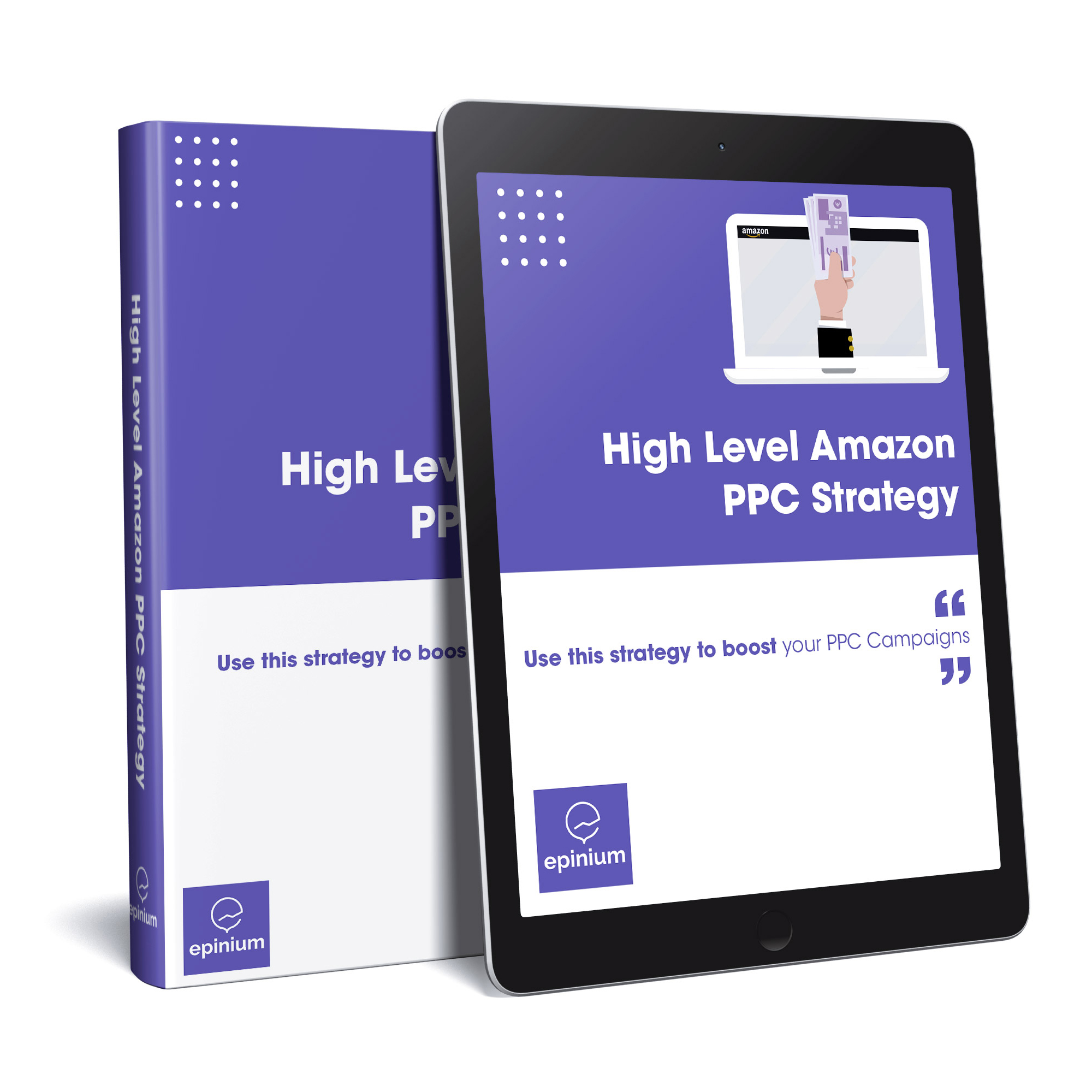While ranking products on Amazon can be a challenging task, many merchants also find it hard to create great Amazon campaign structure. The fact of the matter is that Amazon is one of the most competitive retail platforms in the world.
As a result, sellers can find it hard to create successful Amazon PPC strategies that boost revenue.
Without a solid Amazon campaign structure, retailers are missing out on significant opportunities to increase traffic to product listings and elevate sales.
To help structure Amazon Campaigns or build a more comprehensive campaign structure, in this post, we will explore exactly how sellers can set up their Amazon PPC campaigns for maximum insights, traffic, and conversions.
Categorize Products
The first step in creating a successful Amazon campaign structure is to group ASINs into self-appointed product categories. The aim here is to break down an account that may consist of hundreds of different ASINs and segment them into more manageable lists. The product categories that sellers create will help to inform the campaign structure, Amazon bidding strategies, and campaign reporting efforts.
There are several ways that sellers should categorize ASINs, including:
Related Products
Begin by grouping products into logical categories based on the item type.
Given that campaigns will be created based on product categories, this is an essential organizational strategy that will help to streamline ad groups and reporting efforts.
Product Price Range
For sellers who want to manage campaigns to target Return on Ad Spend (ROAS), keyword bids should be established based on the price range of the ASIN.
By determining an assumed conversion rate and applying that to the average price per order, merchants can forecast the keyword bid range that will enable them to reach their target ROAS.
Reporting Requirements
When comparing Amazon and Google, one of the most significant drawbacks of Amazon’s advertising system is its lack of robust reporting options. Part of this is the result of Amazon advertising’s relative infancy to other ad platforms like Facebook, Google, and others.
Nonetheless, the situation remains. The fact is that if ASINs from various product categories are included in a single campaign, it can be immensely challenging to report on the performance of the different categories.
Therefore, retailers must consider the way in which they would like to analyze campaign performance in relation to product categories. For most merchants, the solution to this is to only advertise ASINs from the same product category within a given campaign.
Through this approach, sellers are able to get far more revealing data on how specific products and product categories are performing.
Select ASINs for Campaigns
With products broken down into logical categories and well-organized, it is time for merchants to move on to the next step in building their Amazon campaign structure by selecting the ASINs that they will target for each specific category.
Therefore, sellers should begin selecting five to 10 ASINs from each product category. It is essential to not include too few ASINs to target, as doing so could limit the reach of the campaign.
For instance, with Amazon Sponsored Product campaigns, the company can display multiple products for a single query, assuming merchants have included more than one ASIN in the campaign. Similarly, with Sponsored Brand campaigns, retailers must include at least three different ASINs.
There is a multitude of ways that retailers can go about selecting which products to target, including:
One way in which sellers can establish product groupings for their ads is by sales velocity. They are likely aware which of their products perform the best and which move far fewer units. As a result of this knowledge, retailers can group together five to 10 of their best-selling items for an ad group, as they can feel confident that they can bid more aggressively on keywords for these items and still hit their target ROAS.
-
Test and Learn Product Selection
The fact is that there are likely to be more than 10 ASINs that fit within a product category that merchants wish to target. However, again, this can make reporting difficult.
Therefore, in addition to creating groups for best and worst sellers, retailers can take their 10 best-selling items for a category and run a campaign with them for a month to analyze their performance.
So this is it for today’s post.
If you want to know more on how to structure your Amazon Campaigns make sure you stay tuned for more posts like this!
As usual, if you liked the post or have any questions on it, feel free to ask in the comments section below.






